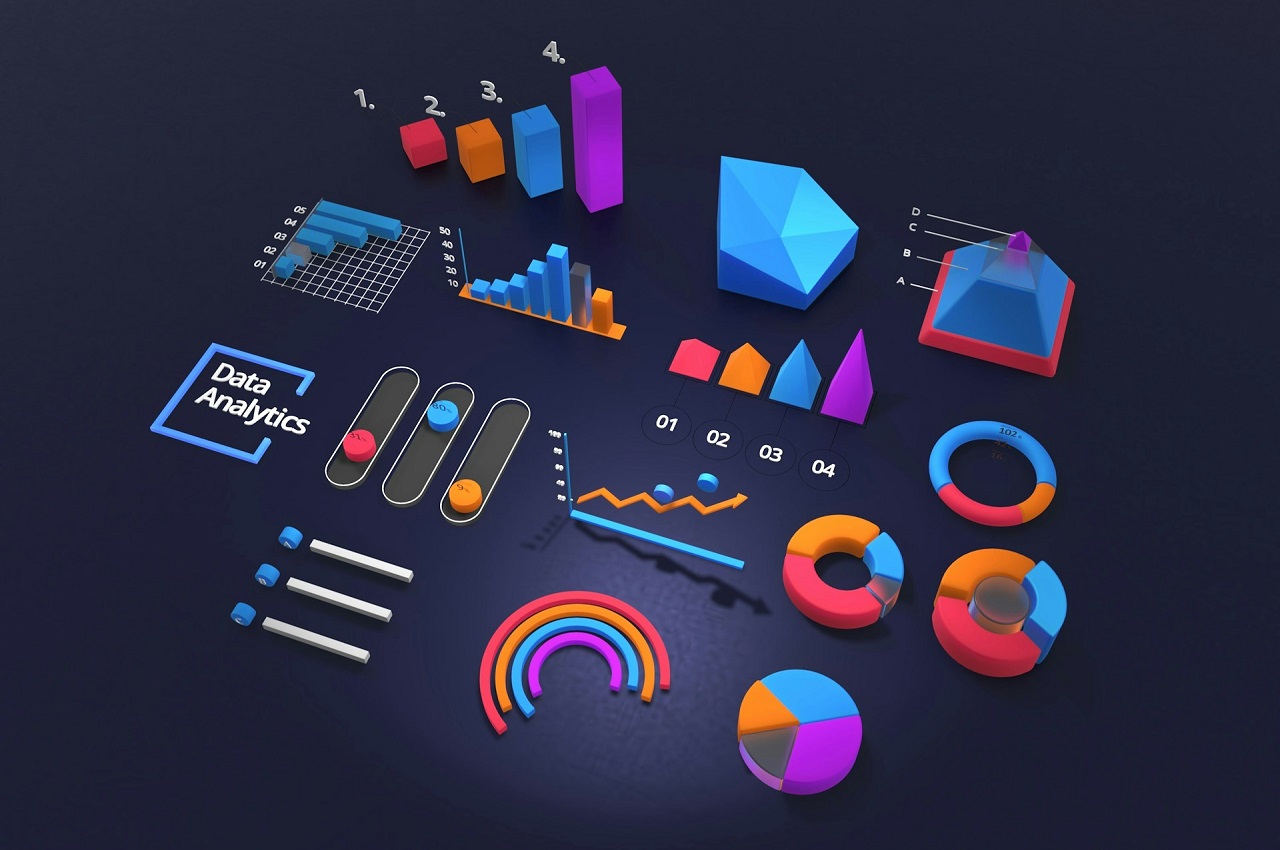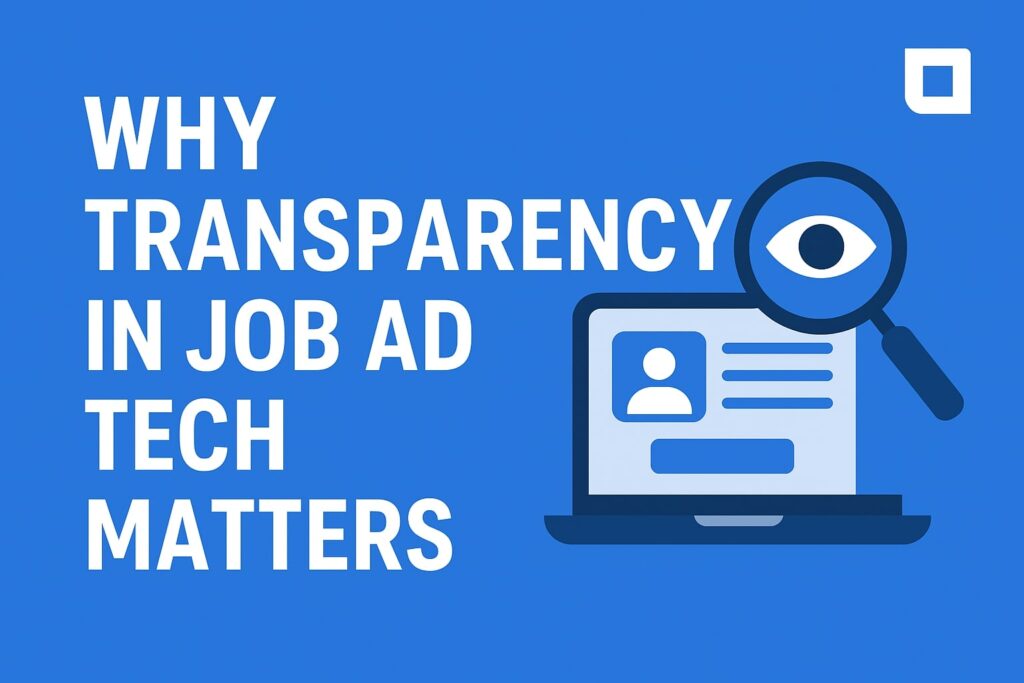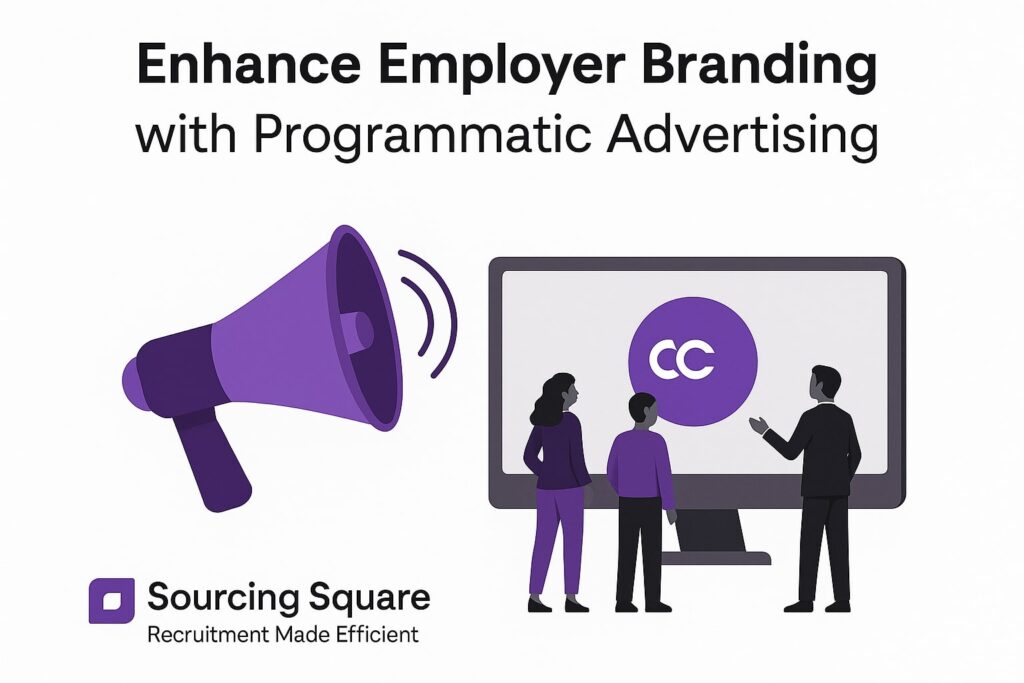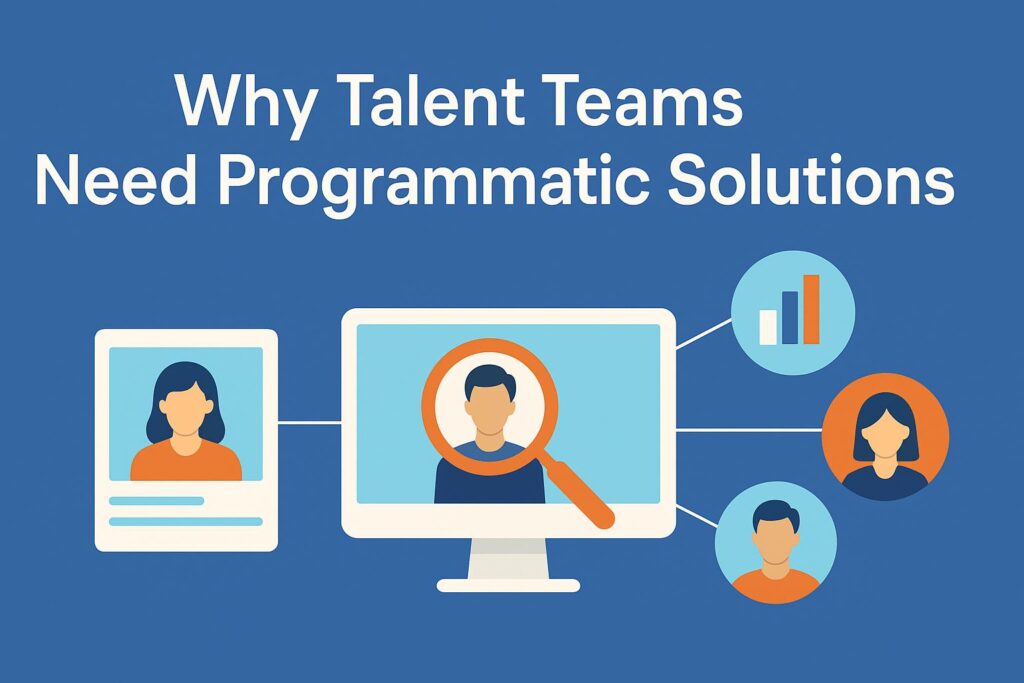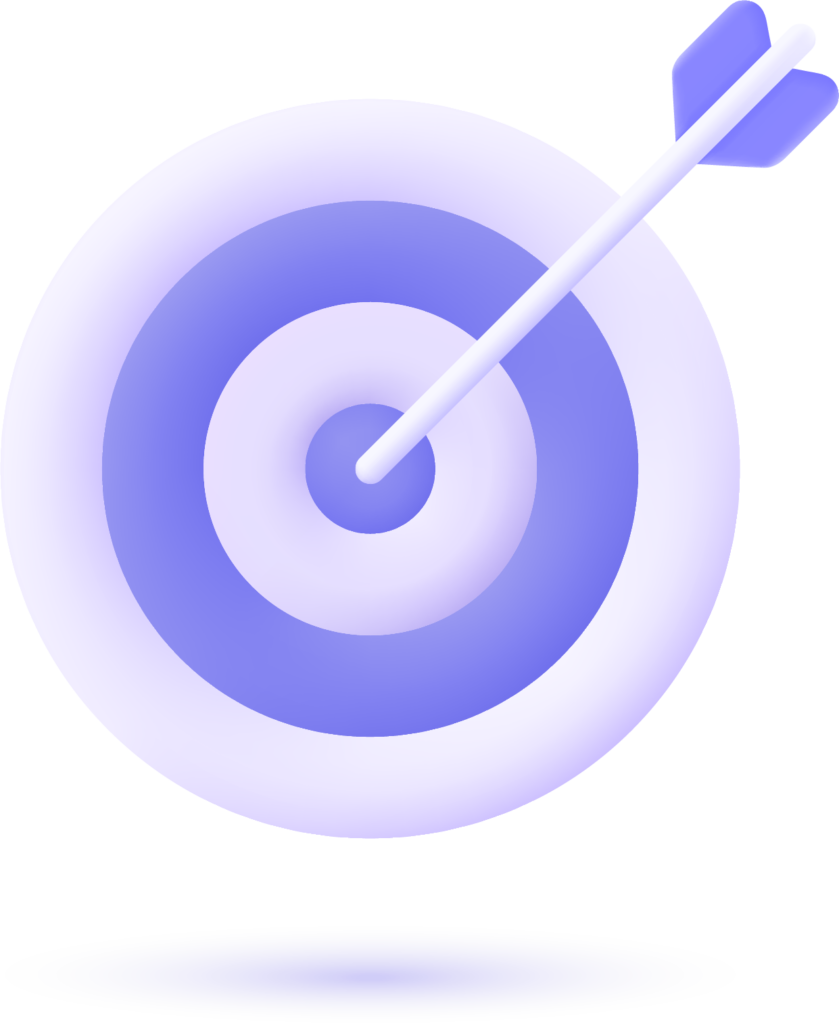In today’s competitive job market, companies are shifting from traditional hiring practices to data-driven solutions. One of the most groundbreaking developments in this space is the integration of predictive analytics in automated recruiting. This technology empowers HR teams to forecast hiring needs, identify top talent faster, and make smarter hiring decisions before even speaking to a candidate.
What Is Predictive Analytics in Recruiting?
Predictive analytics involves using historical data, machine learning, and statistical algorithms to predict future outcomes. In recruiting, this means analyzing large sets of data such as candidate resumes, application patterns, past hires, and job performance to forecast which applicants are most likely to succeed in a given role.
How Predictive Analytics Powers Automated Recruiting
Improves Candidate Screening:
Predictive models can assess which candidates are most likely to be a good fit based on past hiring success and job performance metrics. This enables automated systems to rank and filter applicants with remarkable precision, reducing time-to-hire.
Enhances Quality of Hire:
By analyzing traits, skills, and experiences of past high performers, predictive analytics helps identify candidates who are statistically more likely to thrive in the organization, leading to better long-term hires.
Reduces Bias in Hiring:
Automated recruiting systems with predictive capabilities minimize human biases by focusing solely on data-backed attributes. This fosters a more diverse and inclusive hiring environment.
Forecasts Future Hiring Needs:
Predictive tools analyze trends in employee turnover, business growth, and industry demand to anticipate hiring needs. This allows companies to build talent pipelines in advance, rather than reacting to vacancies.
Optimizes Recruitment Marketing:
Insights from predictive analytics can reveal which job boards, campaigns, or platforms deliver the best talent, enabling recruiters to focus their budget and efforts more effectively.
Real-World Applications
-
- Resume Matching: AI-driven platforms use predictive models to automatically match resumes to job descriptions, saving recruiters hours of manual screening.
-
- Attrition Prediction: Employers can use predictive analytics to flag candidates likely to leave early, reducing costly turnover.
-
- Interview Scheduling & Chatbots: Intelligent recruiting assistants use predictive patterns to schedule interviews or answer FAQs, streamlining the entire hiring process.
Benefits of Predictive Analytics in Recruiting
-
- Faster Hiring Cycles
-
- Lower Cost-per-Hire
-
- Higher Candidate Engagement
-
- Data-Driven Decision Making
-
- Improved Hiring ROI
Challenges and Considerations
While predictive analytics offers powerful capabilities, it’s essential to ensure:
-
- Data privacy and compliance with regulations like GDPR.
-
- Ethical use of algorithms to avoid perpetuating existing biases.
-
- Human oversight to validate and contextualize AI-driven decisions.
Conclusion
The role of predictive analytics in automated recruiting is no longer a futuristic concept—it’s a present-day competitive advantage. By leveraging data to predict outcomes, companies can streamline their hiring process, improve decision-making, and build stronger, more resilient teams. As technology evolves, embracing it will be essential for any organization aiming to attract and retain top talent in an increasingly digital world.
